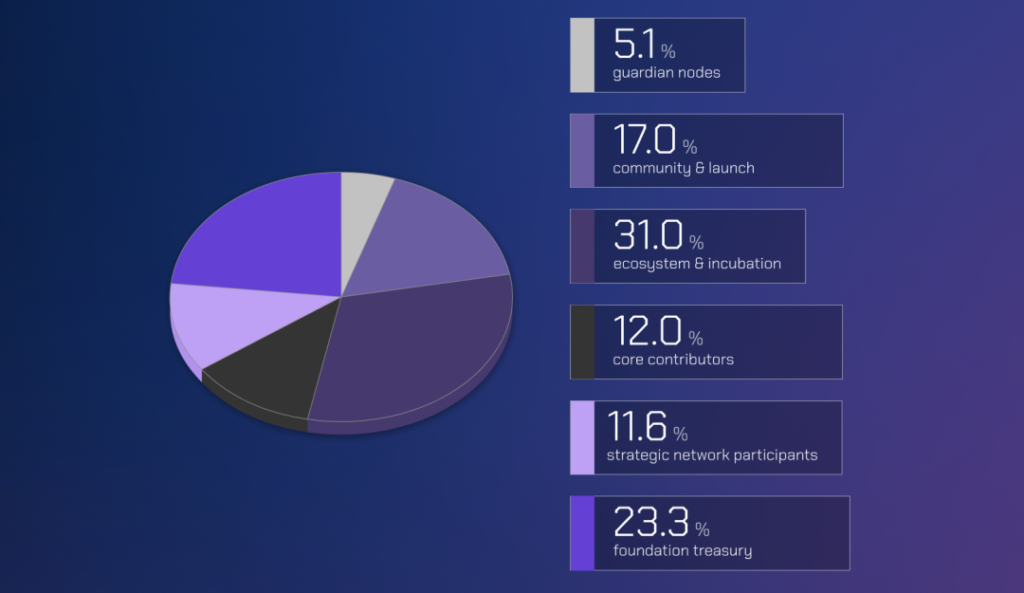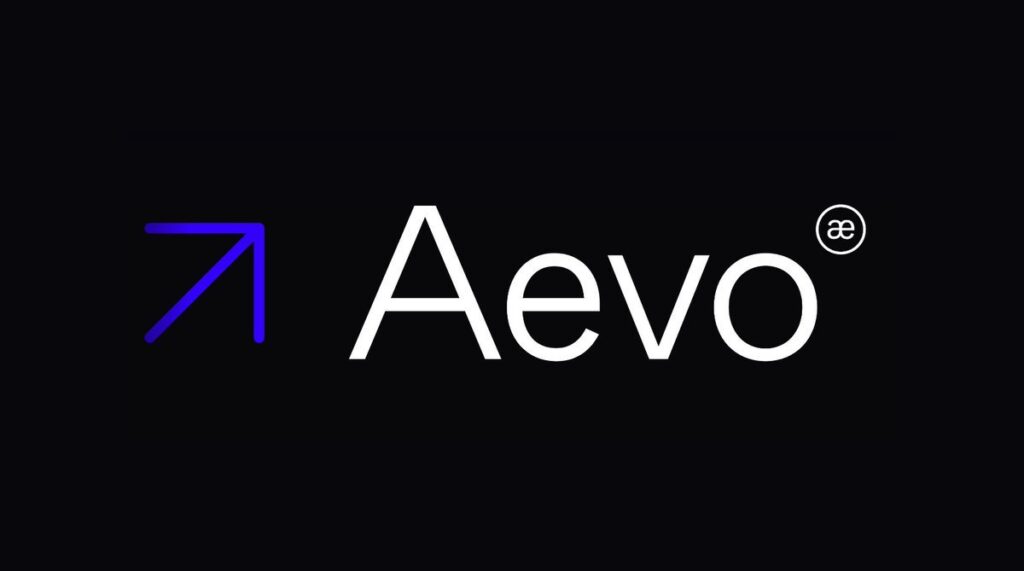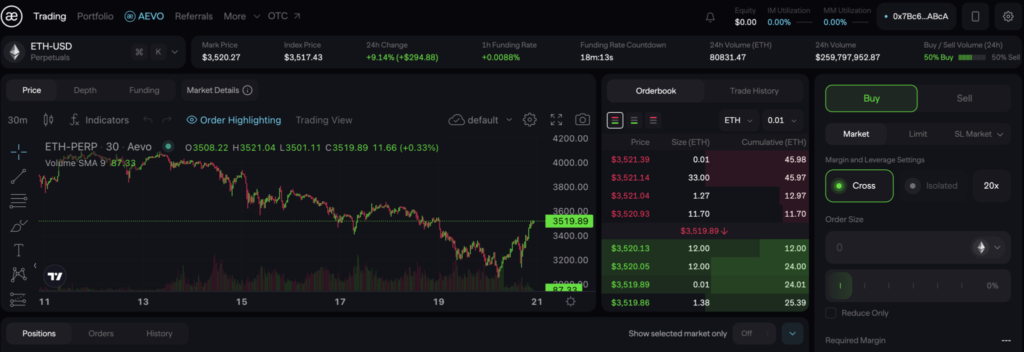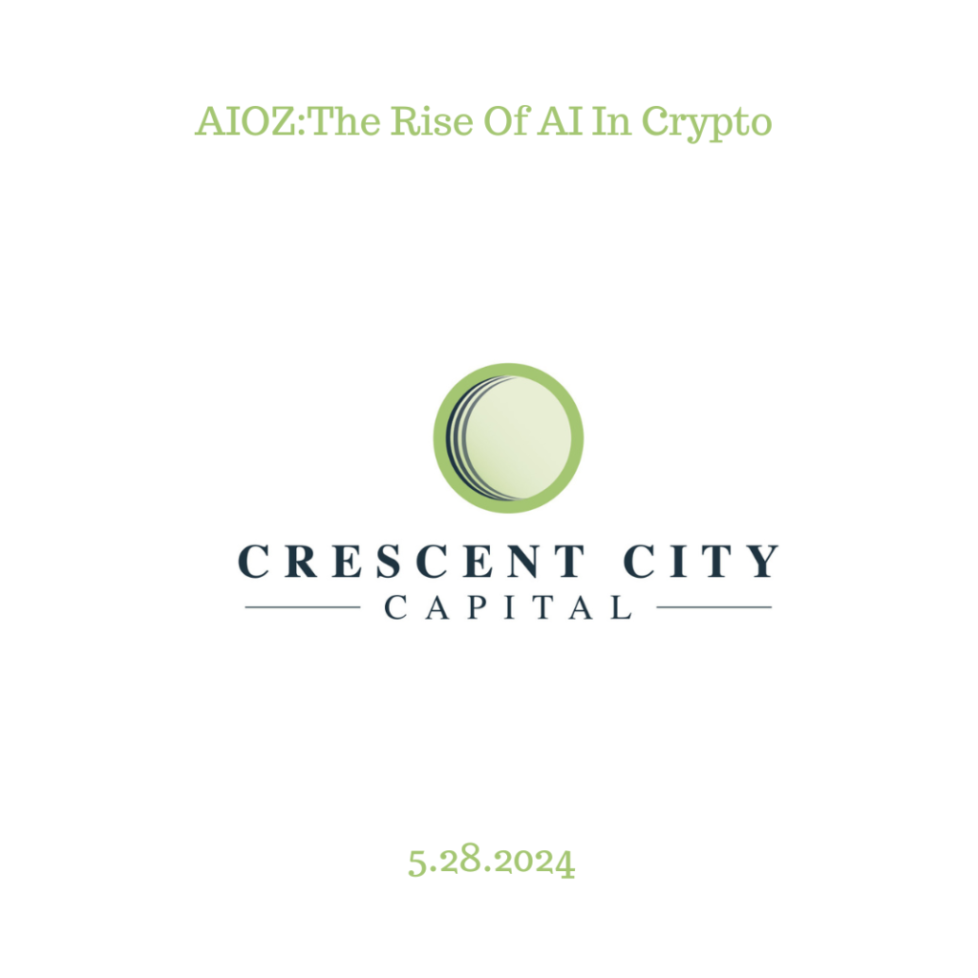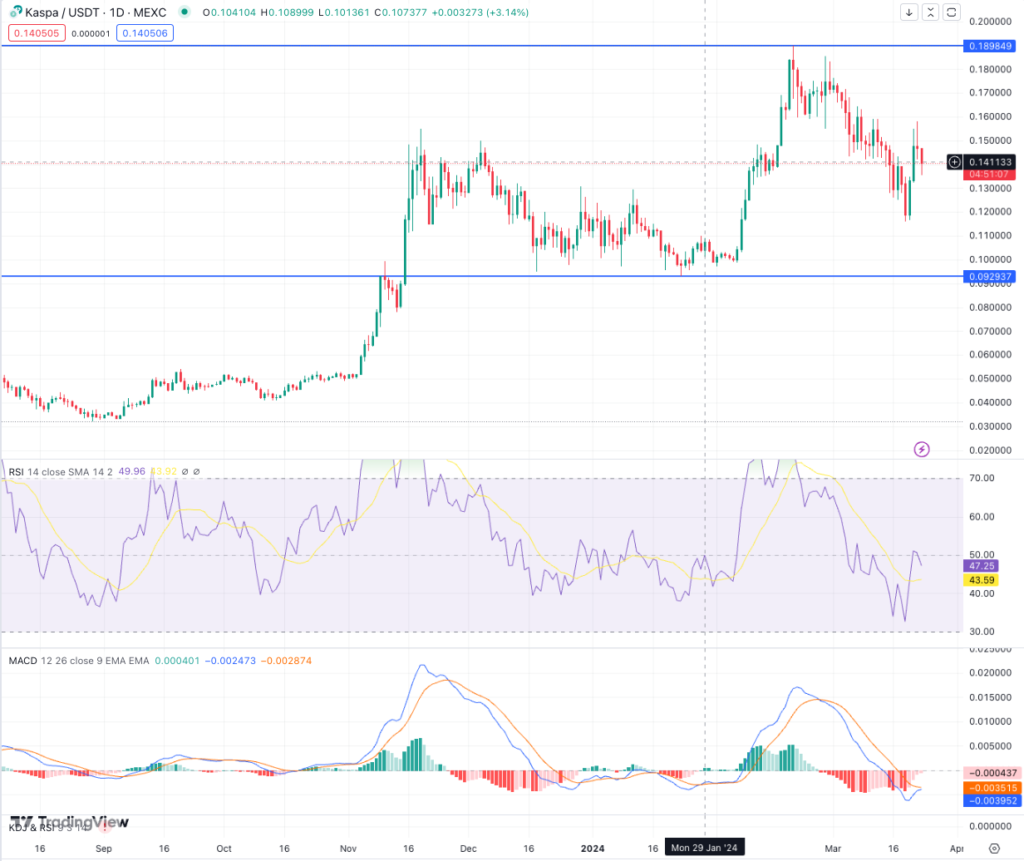SuperVerse : A Decentralized Dreams How Coin’s Impact on NFT Markets and Beyond
By Jenny Yao | Crescent City Capital Market Analyst Intern
Introduction
SuperVerse (symbol: $SUPER) is the native token of SuperVerseDAO, a cross-chain decentralized finance (DeFi) protocol aimed at simplifying the launch of NFT projects without coding skills. This blockchain-based ecosystem allows users to create, deploy, develop, and “mine” NFTs easily. It promotes utility by providing a cross-chain environment for NFT farms and a marketplace for trading NFTs and developing unique token economies. Founded by Ellio Trades, the project, initially named SuperFarm, rebranded to SuperVerse in November 2022.
- Concurrent Growth of DeFi and NFTs: Since 2020, both the DeFi (Decentralized Finance) and NFT (Non-Fungible Token) industries have experienced significant growth. These trends did not replace each other but rather developed together, especially noticeable in 2021 when NFTs surged alongside cryptocurrency prices. By late 2021, the focus on virtual universes further accelerated the integration of these technologies.
- SUPER Project and Integration of Trends: SUPER exemplifies the integration of DeFi and NFT trends within a single project. It combines user-friendly NFT and DeFi infrastructure, enhancing the utility of both. Originally named SuperFarm, the project rebranded to SuperVerse in November 2022 to better reflect its expanded focus on providing a comprehensive metaverse platform.
- SuperVerse Platform and Token Utility: SuperVerse is a metaverse platform built on blockchain technology, designed to offer users immersive and interactive virtual experiences. The SuperVerse token functions not only as a digital currency but also as a bridge connecting users to platform services, increasing opportunities for user participation and transactions within the ecosystem.

How does SUPERVERSE Function
- Comprehensive NFT Ecosystem: SuperVerse provides a robust platform for users to create, deploy, use, trade, and mine NFTs through a unique NFT marketplace and NFT farms. The system is currently in the first stage of development, as outlined in its roadmap, and includes decentralized applications that grant access to DeFi and NFT services. This integrated ecosystem aims to simplify the NFT launch process and enhance user interaction with digital assets.
- Diverse Utility Applications:Users can utilize the NFT Launchpad and NFT Farming, with upcoming features including NFT Generation, NFT Marketplace, and NFT Trading. Each application serves different functions, enhancing the network’s overall utility. For instance, the Drops platform allows the launch of unique, rare NFTs, beneficial for gamers and developers looking to monetize in-game items. Additionally, NFT farming enables users to earn NFTs by staking other tokens, which can be exchanged for digital assets.
- Bridging Web2 and Web3:SuperVerse is designed to bridge the gap between Web2 users and Web3 native users by offering a seamless user experience. Launched in 2021, the platform is focused on using cutting-edge Web3 technology and refined features to become a pioneer in the industry. Future updates will allow users to create, trade, auction, and exchange digital assets within the system, aiming to redefine NFT marketplace technology and Web3 gaming.

Key Features
- Innovative NFT Marketplace (GigaMart): GigaMart is a next-generation NFT marketplace within the SuperVerse, featuring advanced analytics tools and unique social features. This platform is designed to enhance the user experience by providing comprehensive data insights and fostering community interaction, making NFT trading more accessible and engaging. By leveraging cutting-edge Web3 technology, GigaMart aims to set a new standard for NFT marketplaces, bridging the gap between Web2 users and Web3 natives.
- Social-Gaming Metaverse (Impostors): Impostors is a social-gaming metaverse that integrates blockchain technology and NFTs into a fun and inclusive gaming environment. This product is designed to appeal to modern gaming culture, overcoming current Web3 limitations and bringing blockchain and NFTs into the mainstream. The SuperVerseDAO’s focus on user-friendly design and innovative Web3 functionality positions Impostors as a pioneering force in the integration of gaming and NFT technology.

Token Economic
SuperVerse has a limited supply, similar to Bitcoin, which can serve as an anti-inflation mechanism to prevent devaluation. This means that once the total supply is exhausted, no new SUPER tokens should be minted.
The market capitalization is calculated by multiplying the number of SUPER coins in circulation by the current price of SuperVerse. Market capitalization changes with the variation in the number of coins in circulation and price fluctuations. It also defines SuperVerse’s ranking compared to other cryptocurrencies and determines its market share and dominance.
Total Supply 1,000,000,000 SUPER
Circulating Supply 487,776,093 SUPER
- Staking (25%)
- Founders and Advisors (10%)
- Development (10%)
- Ecosystem (9%)
- NFT Drops (5%)
- Seed (5%)
- Liquidity (1%)
- IDO (1%)
- P1-3: (35% vested)
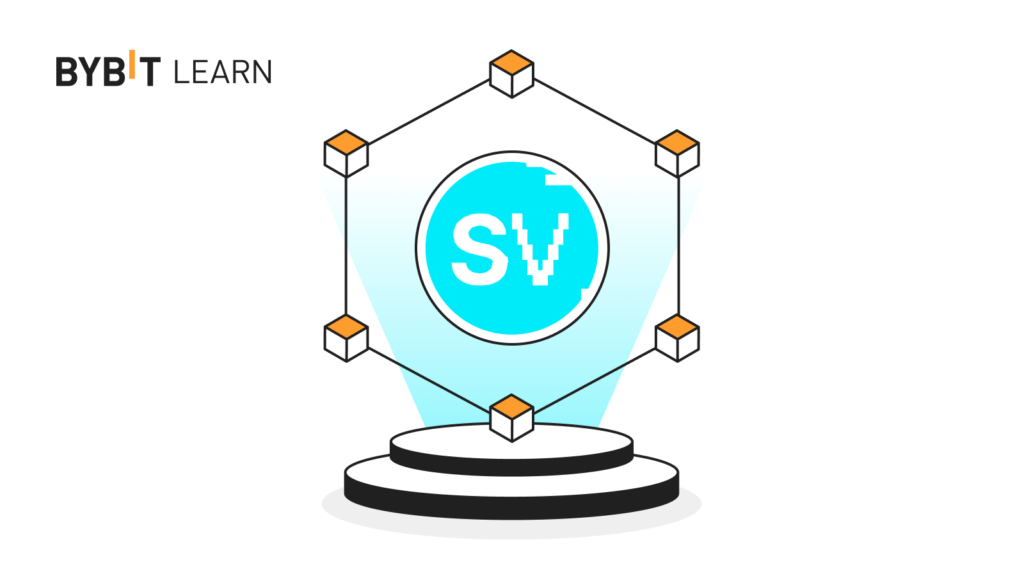
Market Analysis
The price of SuperVerse (SUPER) exhibited a generally upward trend over the past three months.Periodic fluctuations were observed, possibly due to market reactions or specific events affecting the cryptocurrency sector. With an Average Price of $0.645, Minimum Price is $0.19, Maximum Price is $1.10.
With a Initial Price around $0.20 and a Current Price approximately at $1.10. The price of SUPER has grown significantly, indicating positive market sentiment and potential growth in the SuperVerse ecosystem.
During the period between May 22nd and May 23rd, 2024, SuperVerse experienced its most recent peak coin value around $1.13. This surge may be attributed to the significant increase in trading sales volume of the Guild of Guardians NFT collection, which rose by an impressive 163% to $1.3 million within 24 hours. This surge, in conjunction with Immutable zkEVM’s Layer 2 network, signals a growing trend in blockchain gaming and NFT markets. The integration of Guild of Guardians into the SuperVerse ecosystem has the potential to stimulate heightened demand, potentially driving up the value of SUPERVERSE coin, aligning with the broader trend of NFTs and gaming gaining traction in the cryptocurrency market.

Summary
The report highlights SuperVerse coin as the core token within the SuperVerse ecosystem, possessing extensive utility and potential value. Its value is influenced by platform development, growth of the metaverse industry, governance structure, and community involvement. Investors are advised to carefully consider these factors before deciding to invest in SuperVerse coin, given its pivotal role within the ecosystem and promising prospects for future development. SuperVerse presents an intriguing opportunity for individuals interested in exploring NFTs, gaming, and the possibilities of decentralized communities within the Web3 landscape.
Reference
https://coinmerce.io/en/learn/what-is-superverse-super
What-is-superverse-super-how-does-it-work-696dd40d06e8





